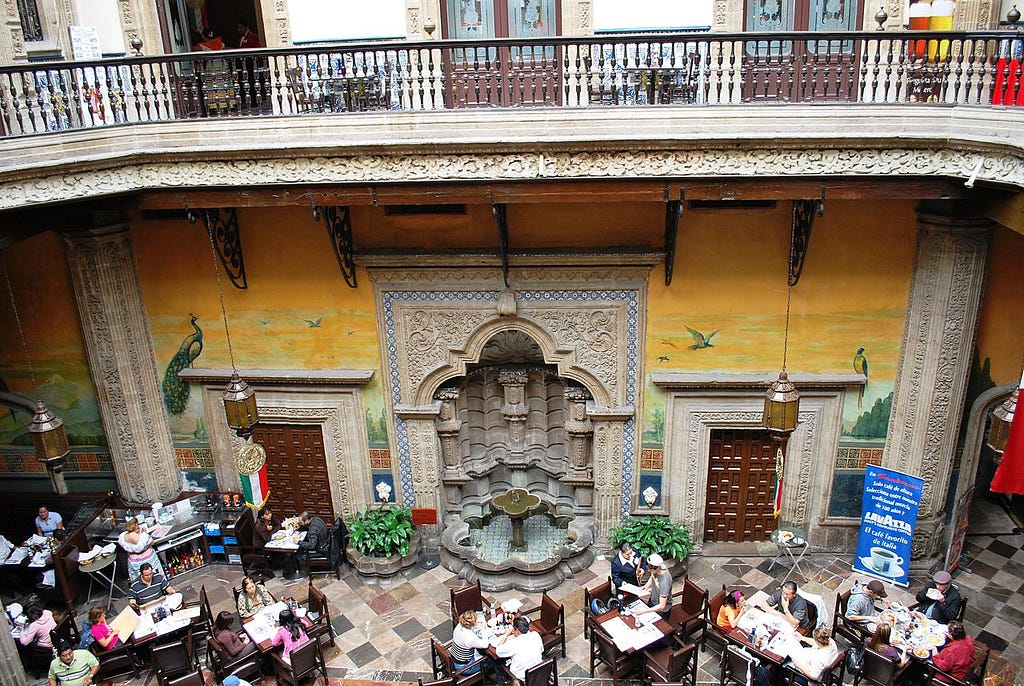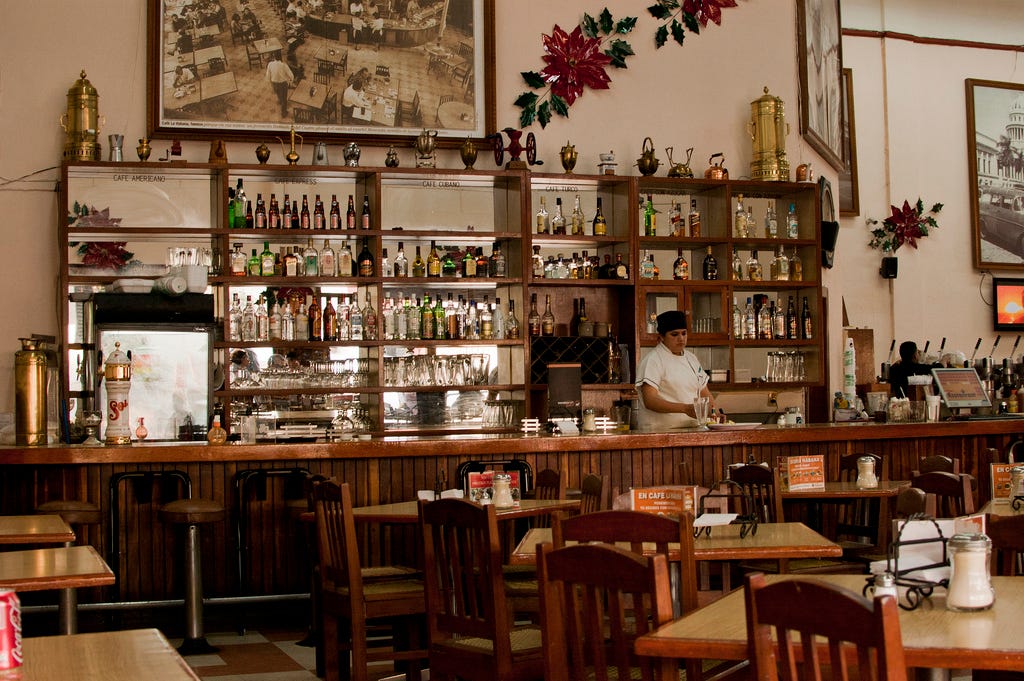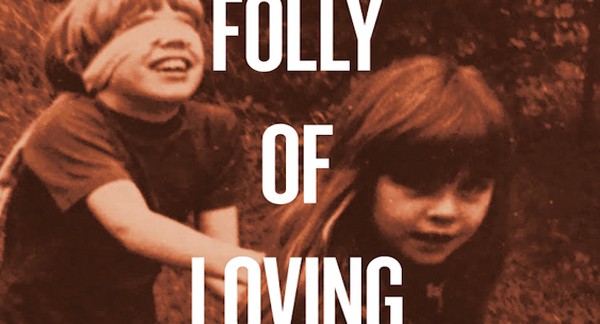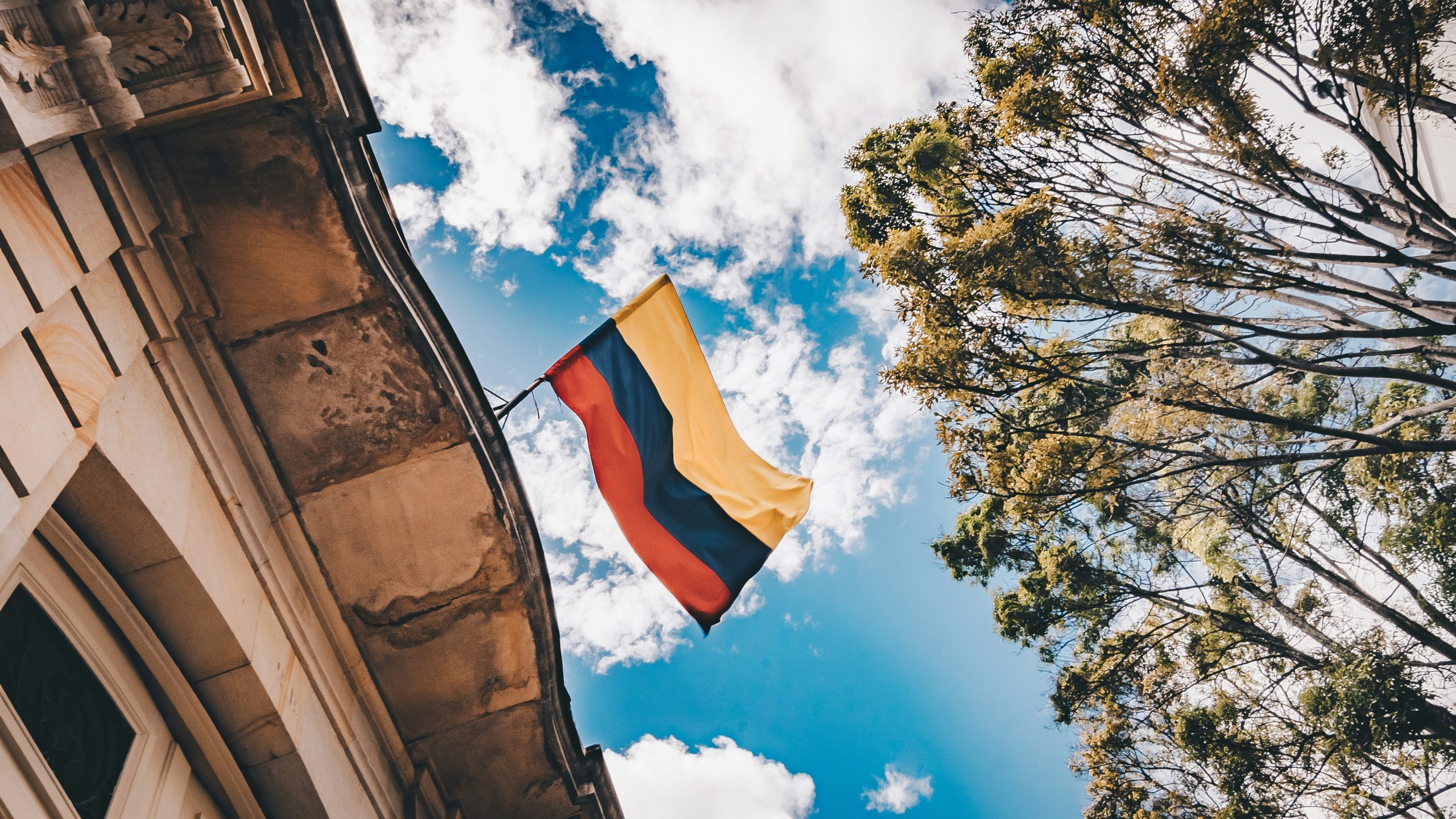Craft
Cultura de café
Juan Villoro on The Writing Life in Mexico City’s Cafés

Mexico City, Mexico
Cultura de café, by Juan Villoro
translated from the Spanish by Philip K. Zimmerman
Built over a lake that was drained, overwhelmed by the exhaust of cars and the pollution in a valley encircled by mountains that don’t let the wind in, Mexico City is a bastion of dust mites. The atmosphere isn’t as aggressive as our winter is benevolent (although you suffer inside the houses, built according to the superstitious idea that heat is unnecessary), but spring asthenia thrives in the dirty air. The arrival of the rains, more torrential all the time, provides relief from allergies but not from flooding.
In this context cafés are not, as in other parts of the world, places where you can escape the snow for a while, but rather spots where you can combat the rush and, in some cases, breathe differently. Some modern coffeehouses have a system known as “washed air”; the more traditional ones don’t have it and don’t need it: they make up for the vapors of the Italian machine with a fan that simultaneously refreshes the air. The best atmosphere in Mexico City is in a café.
In his exceptional conversations with Bioy Casares, Borges lamented that there should be a literature of wine, of opium and of absinthe but not one of café con leche. Despite its galvanizing effects, the mixture lacks the glamour to justify an alternate vision of the universe.
In my adolescence people spoke of “café intellectuals,” not with the respect due to a sect that transmits ideas within the cramped space of a table but with the contempt reserved for those who turn their backs on reality and take refuge in vain speculation.
Nonetheless, the elusory cafés of Mexico City represented singular refuges for reinventing the real with words.
In my adolescence North American-style diners were beginning to develop, but there was only one Vips and only one Denny’s. Although Sanborns had several locations already, the franchise coffee shop wasn’t omnipresent yet. Those of us who were starting to read would search out secluded cafés to hold gatherings that resembled conspiracies, not for what we said but for the scarcity of participants and the fanaticism we assumed.
From my rambling childhood, I passed to the sedentary life of cafés. There have never been many of them in Mexico City. If you don’t count the spots started by Cubans and Spaniards in the centro, among us the café has never occupied the preeminent place it has in other metropolises. What’s more, the North American-style chains have bit by bit replaced the little cafés where the owner would smoke behind the counter with a dog on a comfortable cushion at his side, the unique, unrepeatable places, the grottos of the initiates.
The capital’s best-known café is the Casa de los Azulejos, or House of Tiles, built by a revanchist Spaniard looking to get back at the authoritarian father who had told him, “You won’t even be able to build a house of tiles” (meaning a toy house). The stately building has a mural by José Clemente Orozco in its staircase. Upstairs there’s a bar with a little window in the shape of a flower which gives onto one of the best views of the centro histórico, dominated by domes and bell towers.
The Zapatistas ate breakfast at Sanborns after taking the capital in 1914 and left behind the indelible image of a people receiving for the first time the providential gift of pan dulce.
The writer Carlos Monsiváis liked to ask: “What percentage of you belongs to Slim?”
This building of indubitable lineage was the first in a chain that now belongs to Carlos Slim, the richest man in the world. The writer Carlos Monsiváis liked to ask: “What percentage of you belongs to Slim?” As investors own stakes in a boxer, so the owner of Sanborns controls a part of the life of every Mexican. The Casa de los Azulejos is merely the nucleus of an empire of ubiquitous businesses which spans the entire country. In 1990 President Carlos Salinas de Gortari initiated the privatization of Teléfonos de México. Slim was handed the company as an absolute monopoly for five years and a relative one for ten. Without this impetus foreign to free competition and derived from the trade of governmental favors, he wouldn’t have become the magnate he is today. The coffee at Sanborns is terrible, but it tastes even worse when you know the trajectory of the owner.

The invasion of plastic-chair coffee shops lent the few real cafés an air of quasi-secrecy. Meeting spots for a sect to which one belongs on merits that can’t always be defined.
A café is a place for talking. The mythology of radio announcers, who populated my childhood with magic words, was substituted in my enthusiasm by that of writers, particularly poets. Going on twenty, I’d make pilgrimages down Bucareli towards Café La Habana, where according to Roberto Bolaño the “iron poets” could be found.
Mario Santiago Papasquiaro: I met him in 1973 under his original name, José Alfredo Zendejas, in a short story workshop. He wrote only poems but liked to debate narrative. His critical sense was ferocious, yet he tempered his fire with jokes that he himself celebrated with thunderous guffaws. He had read more than we had, knew the avant-gardes, banged the drum, along with Roberto Bolaño and other rebels, for infrarrealismo and was planning an epic trip to Europe.
By the 1990s that poet of the fiery eyes and riotous hair was handicapped, walking with a cane because he’d been hit by a car. A forty-something with strange hair and bad teeth. People treated him with annoyed suspicion. When he’d come to see me at La Jornada, the newspaper where I worked, the receptionist, who was used to dealing with all kinds of eccentrics, would call me on the phone to ask whether I really wanted to let Mario in.
I preferred to see him at Café La Habana, where he’d order a beer at ten in the morning in order to evoke the 1970s, the period Bolaño was to make famous in The Savage Detectives, where Mario appears under the name Ulises Lima.
The rhythm of a café lends itself to the writing and correcting of verses that roll onward as the cigar smoke once did. You can’t write a novel in a café.
The urgent demands of journalism and the need for isolation drove me away from cafés, where I had begun to feel superfluous. I wasn’t a poet and was wasting time. So said my puritanical conscience, trained at the Colegio Alemán.

Sometimes I take shelter from the rain in those places and kill time there between one appointment and the next, but they’re no longer targets in my life. I admire the people who get together there, although I do it with the incongruous feeling of one who’s been missing out on something for thirty years. Every city has parallel societies: the gamblers, beggars, drug dealers and addicts tend to associate clandestinely in order to fraternize at the margins of the norm. For me cafés have become something similar, almost prohibited. Is there any reason for this renunciation? It’s possible that it all has to do with the way we administer the future. For years I’d meet with poets to talk about the future. I didn’t plan to write any poems, but like the protagonists of On the Road or The Savage Detectives, I aspired to live poetically. The café was the place of violent conjecture, the place where we could conceive of rare, perhaps unattainable hopes.
With the years the past grows stronger, until suddenly it presents itself with the blunt extension of a city; it’s a labyrinth begging to be crossed. This book is a lot like a returning. Only in writing it have I understood that distancing myself from cafés had to do with distancing myself from the future. Little by little the horizon ceased to be imaginable and transformed itself into a certainty that lies behind me.
But sometimes the dash of milk in my café cortado reaches me like a telegram from another time, and I recall the teachings of poets who scanned verses by tapping their cups with their coffee spoons.
The history of a city is the history of its cafés, where life mixes with culture.
The history of a city is the history of its cafés, where life mixes with culture. Ramón Gómez de la Serna set up his observation post at the Pombo in Madrid, Claudio Magris his at the San Marco in Trieste; Karl Kraus at the Central in Vienna; Jean-Paul Sartre at the Deux Magots in Paris; Fernando Pessoa at the Martinho da Arcada in Lisbon; Juan Rulfo at the Ágora in Mexico City.
Is there any better way to get to know a city in a sedentary key? If the walking man deciphers the lay of the land by looking, the man of the café understands his time by listening. Coffeehouses afforded me a valuable exercise: being in the city without being absorbed by it, seeing others at the moment when they excuse themselves from their habitual codified conduct. The urban custom they turn to most often in that enclosure is a certain type of conversation, one that foregoes conclusions and aspires only to continuation.
The infinite needs strategies in order to become intimate. Mexico City is inexhaustible in a provisional way, like a cup of café cortado.
About the Author
Juan Villoro is the author of El testigo, Dios es redondo (God is Round), Los culpables (The Guilty), and other books. His journalistic and literary work has been recognized with such international prizes as the Herralde de Novela, Premio Xavier Villaurrutia, Rey de España, Ciudad de Barcelona, Vázquez Montalbán de Periodismo Deportivo, and Antonin Artaud. He has been a professor of literature at UNAM, Yale, and la Universidad Pompeu Fabra de Barcelona. He is a columnist for the newspapers Reforma and El Periódico de Catalunya.
About the Translator
Philip K. Zimmerman is a writer and a translator from Spanish and German. Born in Madrid, he was raised in Upstate New York. His work has been included in the Berlin International Literature Festival and the New York International Fringe Festival, and he recently completed a translation of Helene and Wolfgang Beltracchi’s autobiography, Selbstporträt (Self-Portrait). He lives in Munich, Germany.
This essay is excerpted from Juan Villoro’s El vértigo horizontal: la Ciudad de México
Read other essays in Electric Literature’s The Writing Life Around the World series.









